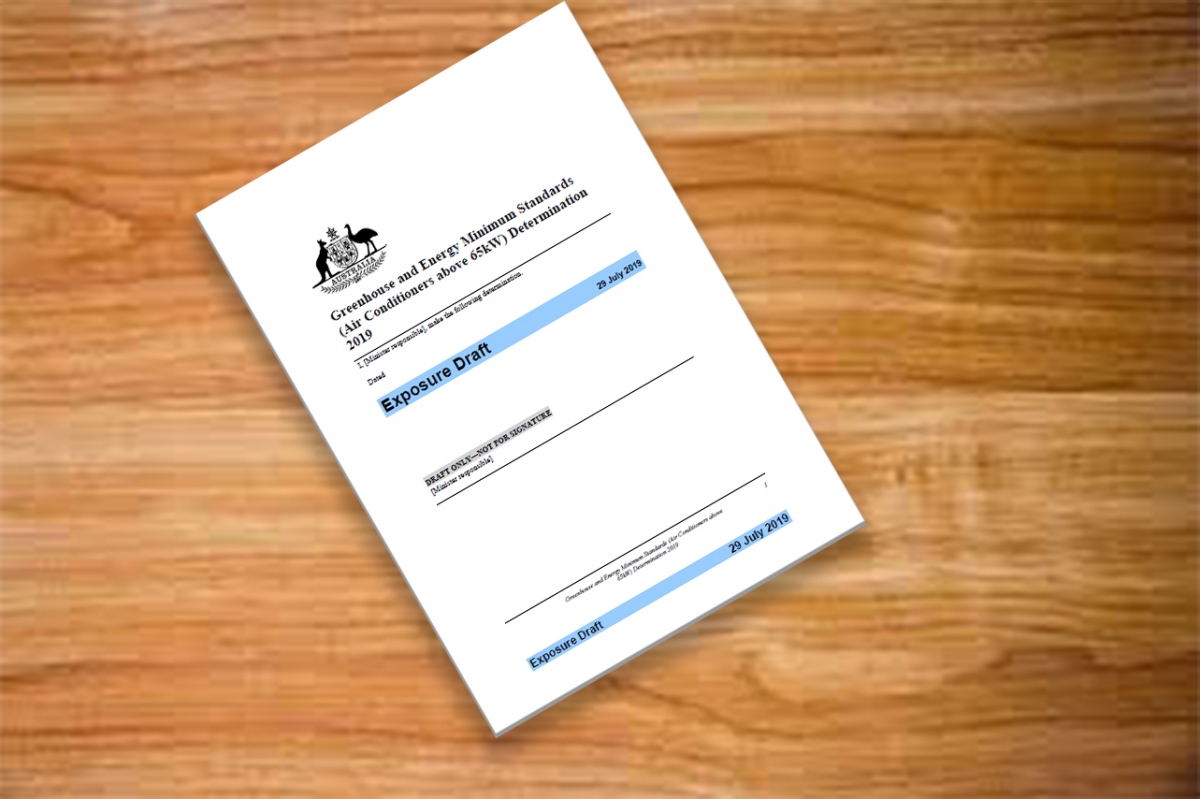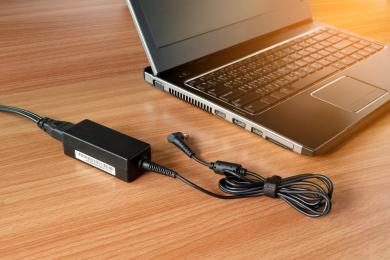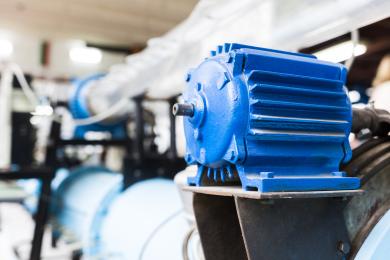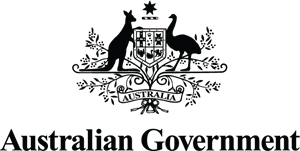08 June 2021
Tender for the GEMS check testing services panel

Check testing is an important part of the overall GEMS Compliance Monitoring Program.
It ensures that models of GEMS products meet the requirements of the applicable GEMS determination and relevant Australian or International Standards and in doing so provides consumers with confidence that products meet Minimum Energy Performance Standards (MEPS) and the energy efficiency claims of suppliers.
The GEMS Regulator, located within the Department of Industry, Science, Energy and Resources (Department), engages accredited laboratories each year to conduct testing of a selection of GEMS products. Products are chosen using an intelligence led, risk based approach.
The Department invites suitably accredited laboratories to submit a tender in response to the Approach to Market for GEMS Check Testing Services that has been released on AusTender.
Successful tenderers will be placed on the GEMS Check Testing Panel that will run for a period of three years with a 12 month extension option.
Please note that all tenders must be submitted through AusTender by the 17 June 2021 at 3:00pm AEST. Tenders submitted via any other method will not be considered.
Recommended for you

Consultations
Consultation closed for distribution transformers: next steps
The Consultation Regulation Impact Statement (CRIS) for Distribution Transformers closed on 31 January 2025. We are reviewing submissions and will include this feedback in the Regulation Impact Statement for Decision (DRIS) in the future.
25 March 2025
Consultations
Improving the energy efficiency of external power supplies for electronic devices
We’re consulting on options to improve the energy efficiency of external power supplies (also known as AC power adapters) being sold or supplied in Australia or New Zealand for use with electrical devices.
17 March 2025
Consultations
Improving the energy efficiency of three phase electric motors
We’re consulting on options to improve the energy efficiency of three phase electric motors being sold or supplied in Australia and New Zealand.
17 March 2025
